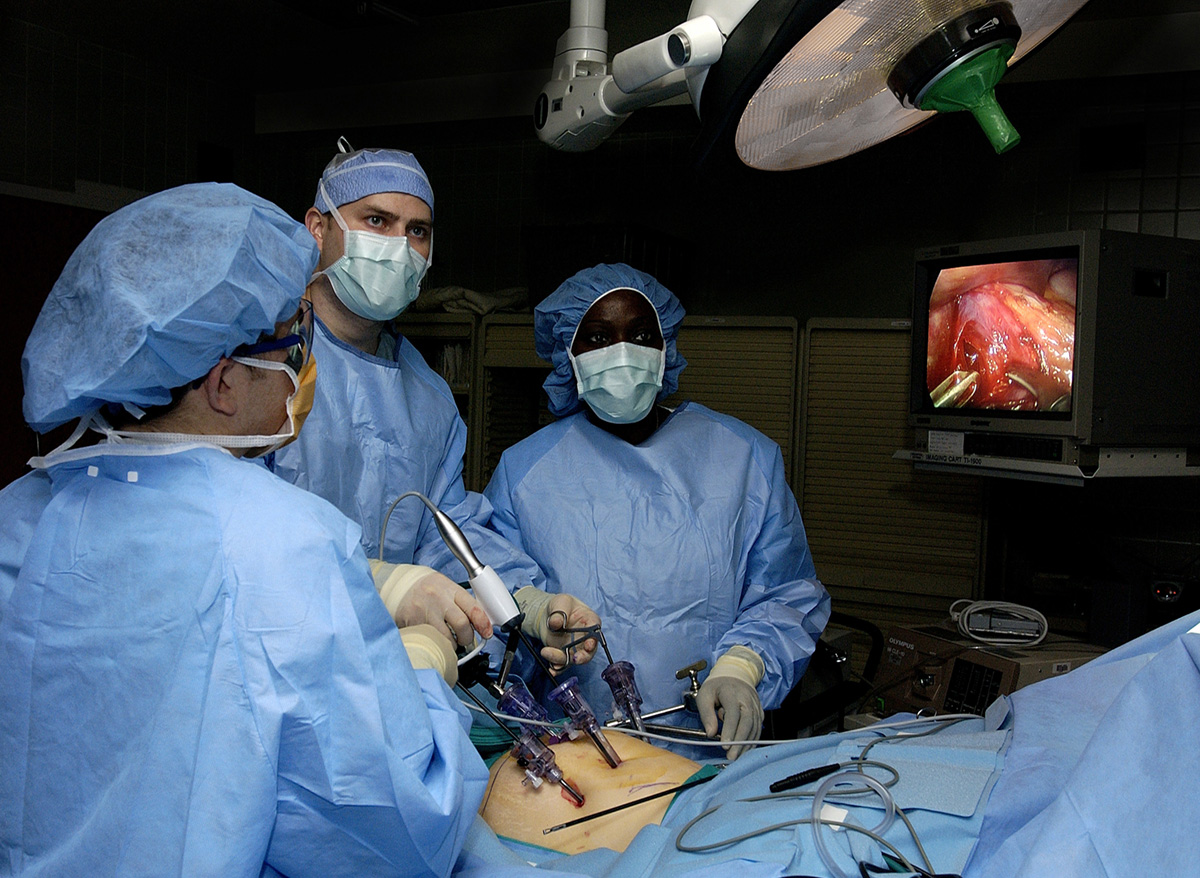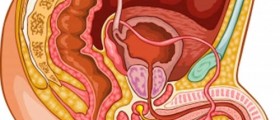
Surgery for urinary incontinence
This condition is very common and can occur for a number of reasons. Thankfully, there are over two hundred surgical procedures that can be used to restore continence. Most of these restore the bladder neck and the urethra back into their adequate positions, which is the case with patients who suffer from stress incontinence. another common procedure for patients of both sexes is injection of bulking materials in the urinary tract. What type of surgery will be used depends on various factors, such as severity of incontinence, presence of bladder prolapse (and/or uterine prolapse in women) and surgeon-s experience and preference.
In this article we will review some popular procedures in short.
Sling procedure
Sling procedure is used to handle female stress incontinence or urge incontinence and incontinence after prostatectomy in men. A muscle strip detached from the abdominal muscles serves as a sling for the urethra and bladder neck, similarly to hammock. This returns them to their original position by compression. Known complications include formation of fistulas, infection and bleeding. New modifications of the method make it an outpatient procedure. Success rate of this procedure is very high, 80 to 100 percent.
Retropubic colposuspension
This is an open surgery, a large (typically incision is few inches long) incision is made to expose the operating field. This operation is used to sew the bladder neck and urethra directly to the nearby pelvic bone or other structures that are close by .this procedure is typically used only for women with urethral hypermobility.
Burch colposuspension
This is also an open procedure, used to handle incontinence caused by prolapse surgery (when the uterus or bladder slip into the vagina, typically after childbirth) and is usually performed along with prolapse surgery. Urethra and bladder neck are secured with sideways stitches that pass through muscle tissue of the pubic bones.
Laparoscopic procedures
Newest surgical procedures are done by laparoscopy, which means that field of surgery is accessed through one or two very small incisions made over the pubic bone. these procedures have quicker recovery time and patients suffer from less postoperative pain, but since this surgical technique is still a novelty, long term success rate is yet unknown.
Postoperative considerations
In general, patients may leave the hospital within two or three days, but will need to keep the urinary catheter for about a week and a half. Shorter hospital stays and less postoperative care are connected with newer procedures.

















Your thoughts on this
Loading...